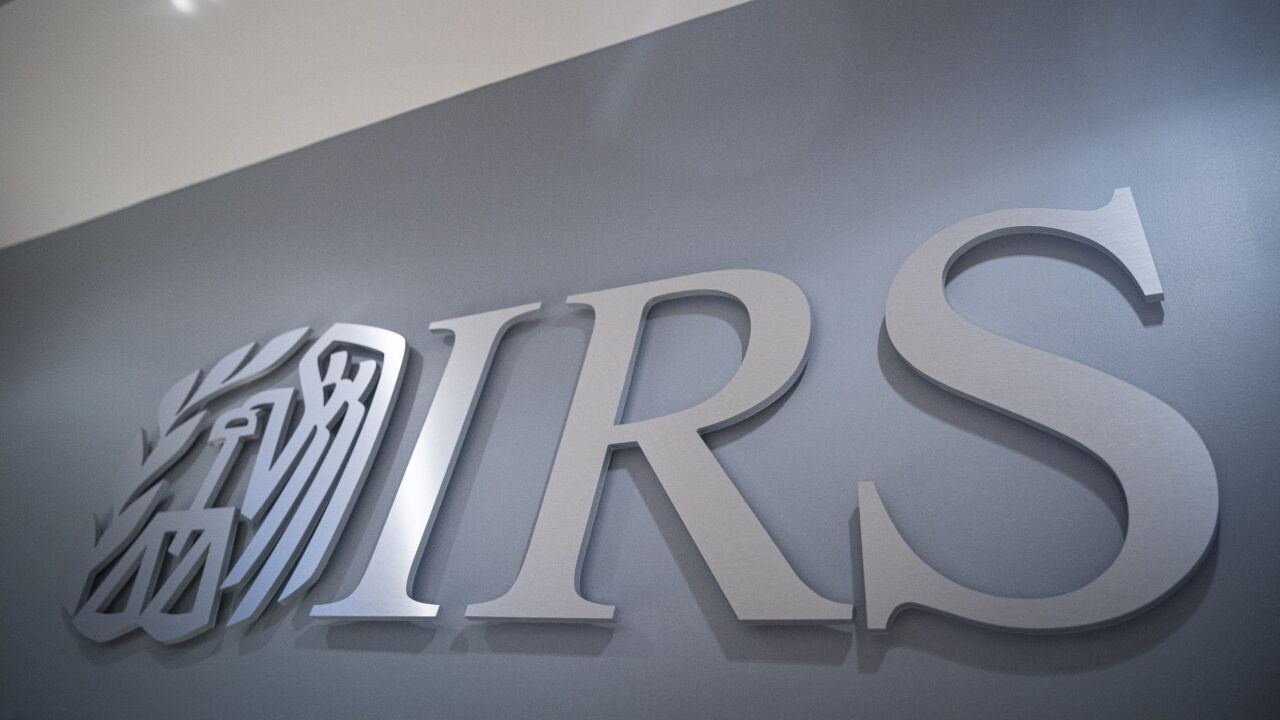(Bloomberg) As U.S. lawmakers drafted a bill extending wind-energy tax credits in August, they revised a key clause that opens the door for a much bigger boost to the industry than just the one-year addition that was eventually passed.
To qualify for the tax credit that made wind energy the largest new source of electricity in 2012, projects must “begin construction” this year, a shift from earlier versions that applied only to projects that were complete and producing electricity before the deadline.
The Internal Revenue Service is poised to release guidance for developers to show construction has begun. Depending on how the term is defined, the Production Tax Credit may apply to turbines that are installed well into 2015, long past the Dec. 31 expiration of the credit, said Nathanael Greene, director of renewable energy policy at the Natural Resources Defense Council in New York.
“With a liberal interpretation from the IRS, it could extend activity more than a year,” Greene said in an interview.
The revised eligibility rule will keep turbine factories humming for years, reviving the U.S. wind-power industry that’s expected to slump 78 percent this year after a record 13,000 megawatts were installed in 2012.
IRS Review
The IRS is reviewing its policies for when a project will qualify for the tax credits, said Anthony Burke, a spokesman for the agency.
“It’s something we realize needs to be addressed,” Burke said today in a phone interview. “This is being worked on.” He wouldn’t say when the review may be complete.
The IRS definition may be issued as soon as this month, according to the American Wind Energy Association. The tax credit offers 2.2 cents a kilowatt-hour for power from wind farms over 10 years.
The credit was set to expire at the end of December and lawmakers waited until Jan. 1 to approve the extension. Because of the “in-service” language, developers raced to connect turbines to the grid before the clock wound down, while curtailing new plans. Additions in the fourth quarter reached a record 8,380 megawatts, more than double that of any prior three-month period, before plunging this year.
Wind Decline
Uncertainty last year over whether it would be renewed is a key reason the U.S. is expected to install 4,800 megawatts of turbines this year, down from an estimated 11,800 megawatts in 2012, Bloomberg New Energy Finance said in a November report.
“This extension allows the industry to reactivate development that had been on hold since mid-year,” Tom Vinson, senior director of federal and regulatory affairs at the American Wind Energy Association, said in an interview. “The start-construction language provides a longer period of certainty than prior extensions.”





